In 1977, in Paris, in the park alongside one of the Père Lachaise Cemetery walls, nine people seated in a half circle were reciting Stéphane Mallarmé’s poem from 1897, Un coup de dés jamais n’abolira le hazard (A Throw of the Dice will Never Abolish Chance). Alongside that very wall, 147 men and women, members of the Paris Commune, were lined up and executed in 1871. Bringing together a repressive event that has radically transformed the way the working class is perceived, and a cubist poem that has questioned the relevance of the choices of layout, font and spacing was an effort of Jean-Marie Straub and Danièle Huillet; the action was documented in the short film Toute révolution est un coup de dés (Every Revolution is a Throw of the Dice). Mallarmé used nine types of letters for his poem, each matching one of the nine people acting in the film; moreover, men have interpreted only the words written in uppercase characters, and the women the words in lower case characters.
Anthropomorphization and the spatial stance of the recitation, in the proximity of a place with such a historical significance are hallmarks for an attempt in the restoration of a time diluted reality, beyond the initial experiences now placed in a secondary position. A decoding of the visual material structured by the two film directors calls for the knowledge of the way Mallarmé’s poem has been transcribed and transformed into a script. In the absence of decoding, the key lies in the nine characters and the way they recompose the diagram of an invisible alphabet.
Based on such language sub-coding that transcribes into visual models, Mălina Ionescu and Andreea Medar have extended their artistic friendship into the rarefied realm of discussing the situation and de-situation of the self. By the appropriation of the method proposed by Straub and Huillet in their project, the two artists focus on mapping the emotional response to past or present social mechanisms, by employing, alongside their temporary interventions into the landscape, binary instruments borrowed from poetry and performance.
The artistic and curatorial formation of Mălina Ionescu and the experience Andreea Medar has had with several artistic collectives have imposed an intense rhythm to their practice. A point of reference in their collaboration has been Traces of the present – Andreea Medar’s solo show at the Art Gallery in Târgu Jiu, in early 2018, curated by Mălina Ionescu and Călin Petcana. The two curators have explained the potential of the term traces, which for Andreea Medar implies a passage towards her inner universe, where the daily experiences, dreams or desires are reprogrammed and translated into exterior shapes, the materialization of which is, at the same, time friendly and painful. Working for several years with the Braille alphabet, Andreea has developed a personal language that seems, initially, warm and immaculate, but the coded lines are revealed to be, upon a closer look at her objects and installations, self-defended by thorns or broken glass. This seems self-protective but is, at the same time, a way of attack. The thorns collected in her grandparents’ garden become epitomes of a play with the essence of time, a provocation for the forms of the present which conquer the past and remodel it.
What is most significant for Andreea and Mălina is, however, the unique moment when forms of both past and present overlap and generate a map of common experiences which have gone unnoticed, of suspended conflicts and untold stories. The territory drawn on this common map of past and present can come in many shapes in the projects the two artists are working on together. In a geopolitical context that is oversaturated by information, the geopoetics proposed by Mălina Ionescu and Andreea Medar is a chosen alternative.
The alphabet invented by Andreea in her childhood, a carefully kept and monitored collection of abstract symbols corresponding to the Latin alphabet, proved similar to the one imagined by Mălina at a similar age. The artists have retraced, together, trajectories followed in the earlier artistic researches, from before they met, just to discover in the end that their routes have either coincided or intersected each other several times. Therefore in 2019, motivated by these coincidences and accumulations of common experiences, the artists have staged together the two chapter intervention NOW / NO, and the exhibition VIAE FERRAE.
NOW / NO has been initiated in the summer of 2019, when the artists were invited for the first edition of the land art symposium organized by the Țara Hațegului Geopark. There, in a landscape still bearing the visible traces of the Jurassic, Andreea and Mălina‘s intervention traced three shapes inspired by the fossils and geological remains, the sublimation of three letters of their imaginary alphabet and further adapted to the context. The three letters spell NOW, an obvious situation into a clearly defined present, shifting the focus from the paleontological history of the place to that which unfolds in our proximity, towards an immediate conditioning. Equally, the letters resemble fragments of a map, which together draw a possible trajectory. From high up, in images recorded by drone, the intervention appears to have created a new type of landscape that imbues the mystery of the shapes with fantasy and daydreaming. For a further stage in the intervention, the artists plan to plant various bushes – hazelnuts, wild roses, blackberries and raspberries – in or alongside the ditches traced last year, in an attempt to create a living space, not exhaustible by the onlookers and at the same time useful for both people and wild animals.
In a second chapter of the project, in an art symposium coordinated by Liviu Nedelcu in Lepșa, (Vrancea County), the two artists have reacted to the pollution of the river Putna by collecting plastic debris from the river banks and incinerating it in piles shaped as the three letters traced in Țara Hațegului. What in the first chapter has been a controlled, aesthetically motivated intervention, becames a spontaneous ecological action aimed at stabilizing a vulnerable place. This time the letters became instruments of artistic demonstration, and the artists became agents for change and the removal of negative effects.
The superimposition of the two types of landscape – one geographically determined and one representational – has been one of the subjects debated in 1925 by Carl Sauer in his study The Morphology of Landscape. The geographical determination contributes to the situation of the individual in a locus with certain morphological traits, but as social activities alter it, the landscape becomes a cultural one, with representational power. The process in the project NOW / NO, by Andreea Medar and Mălina Ionescu, is the opposite, attempting to reverse the landscape to a natural state and erase the traces of the representational landscape. Naturally, this process cannot be a complete one, generating the birth of a metaphorical space, an alternative form that reunites the physical morphology of certain territories with descriptive schemes aimed at the ephemeral re-mapping of memory. This premise lies at the foundation of VIAE FERRAE, an exhibition opened by Mălina Ionescu, Andreea Medar and curator Mireala Stoeac Vlăduți in an empty commercial space in Târgu Jiu in December 2019. The title was inspired by China Miéville’s short story Reports of Certain Events in London, which tells the story of “strange urban events” unfolding in London – streets with a complex emotional life of their own, involved in love affairs or vendettas with other streets.
Using maps downloaded from Google Maps, Mălina and Andreea created in the exhibition space imaginary trajectories with cut-outs of familiar and profoundly meaningful places that still exist or have disappeared. The result is a white meta-map, onto which the visitors could walk, around the spaces from in between the streets, which have been filled with layers of earth with planted wheat. For the two artists, mapping the personal spaces is an identitary process that determines the dialectical disposition of places of interest, aimed at generating a critical reading.
The key element of the installation has been a video that seemed to present, in real time, images from the exhibition. In fact the footage, filmed the previous evening, captured nine people interpreting the role of curious visitors. With this new level of subjectivation, the installation has a double meaning – it is on the one side an expression of the common interests of the two artists, and the décor of a visual demonstration, on the other.
In this context, the meta-map drawn by Mălina and Andreea is the signifier, while the video footage becomes the signified. A linguistic symbol has been generated that, unlike the shape developed in Țara Hațegului and Lepșa, responded to a form of digital situationism by the means of extrapolating the limitations of a set of predetermined trajectories and the re-composition of the relations between people and places. What in the mind of the visitors appeared as a Big Brother surveillance of the exhibition, was a game meant to erase a layer of the visual compartmentation specific to the contemporary voyeur.
Deeply preoccupied by the ecology of contemporary reasoning and by the possibilities of language and by semiotics, Mălina Ionescu and Andreea Medar practice a refined social critique that shifts easily between landscape, galleries and unconventional spaces, proving that the exchange between materiality and essence can be done with systems of symbols, and a playful undertone.
POSTED BY
Anca Mihuleț
Anca Mihuleţ is an art historian and curator living and working in Seoul. The projects proposed by Anca Mihuleț are motivated by specific historic and social coordinates, by the institutional framew...
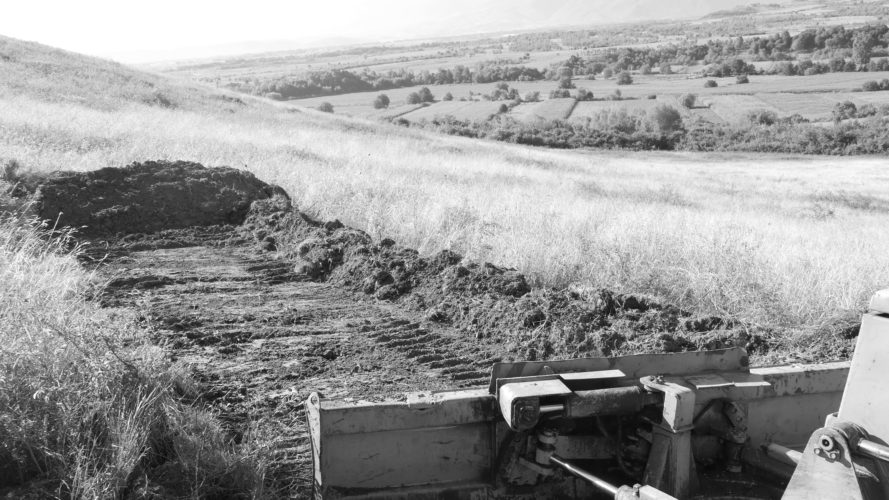

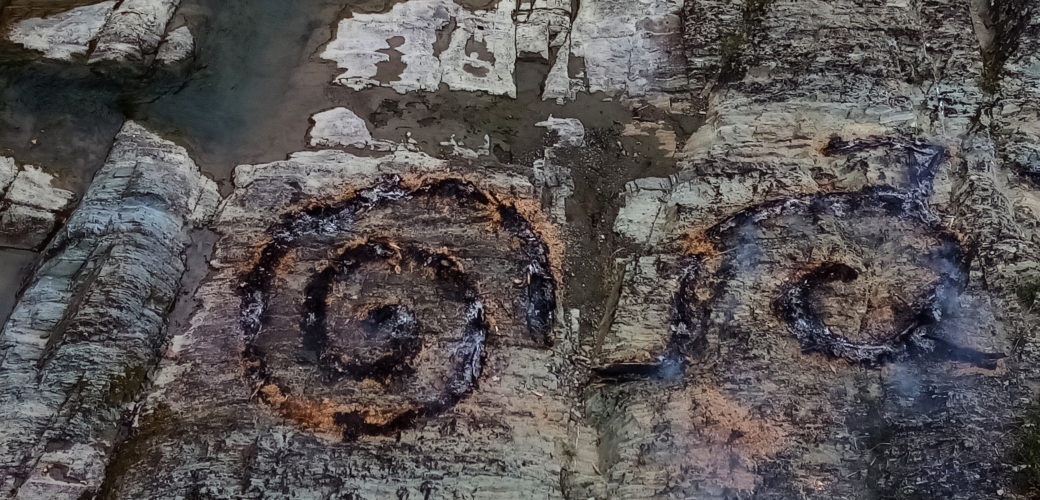
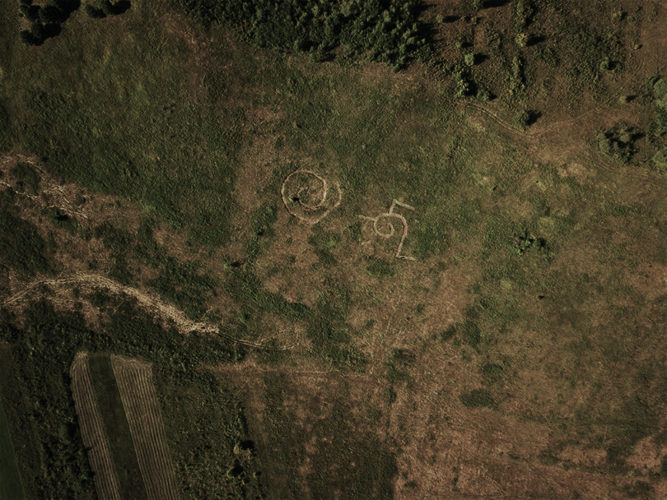
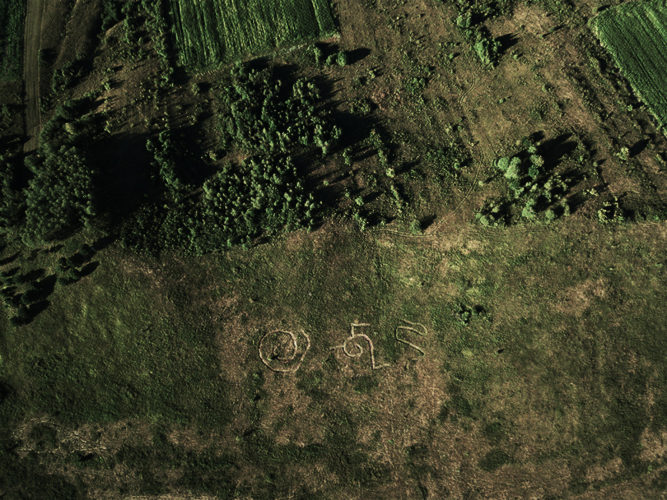
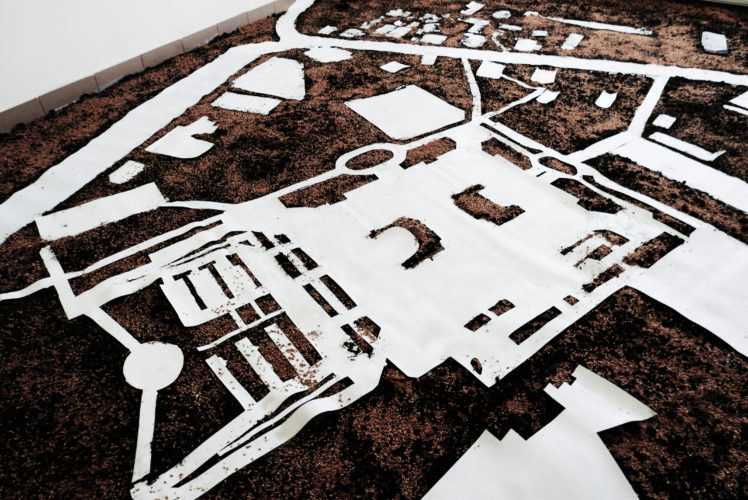
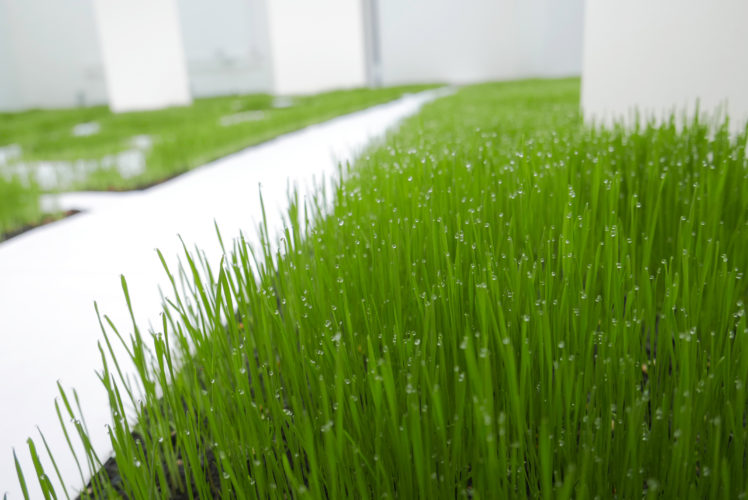
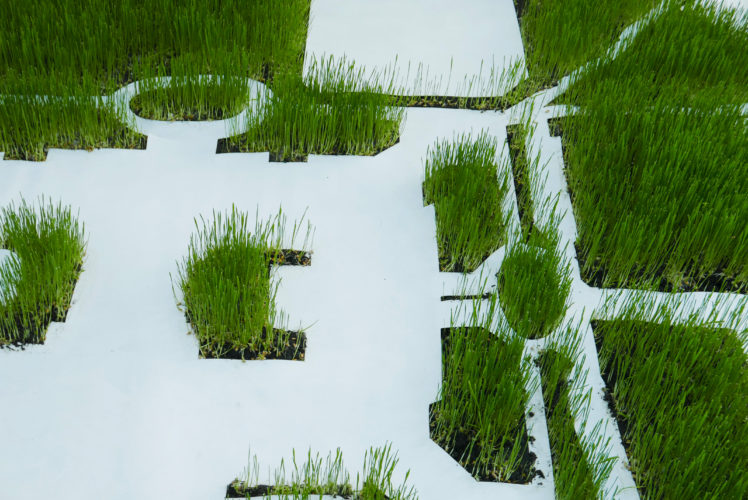
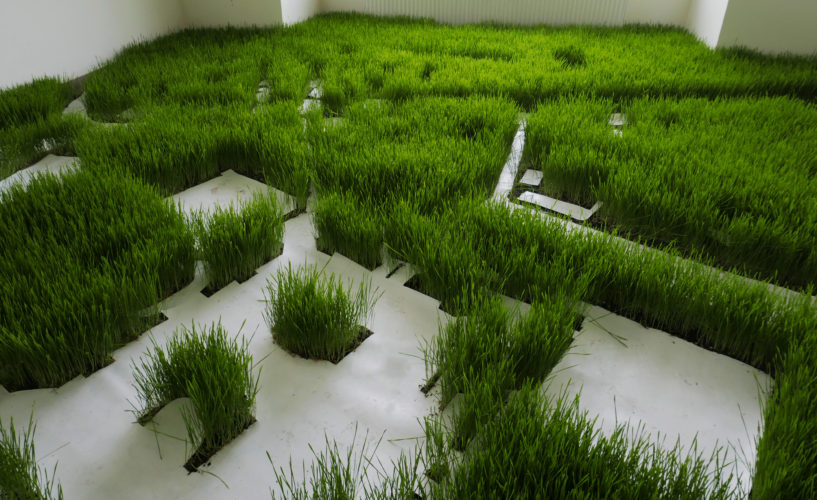
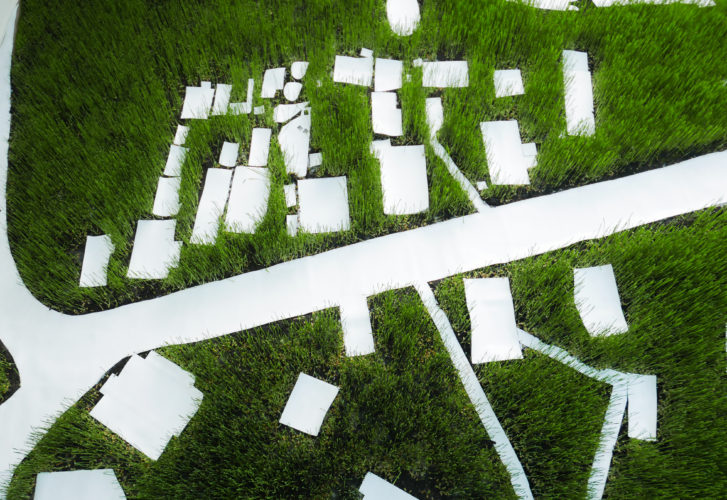
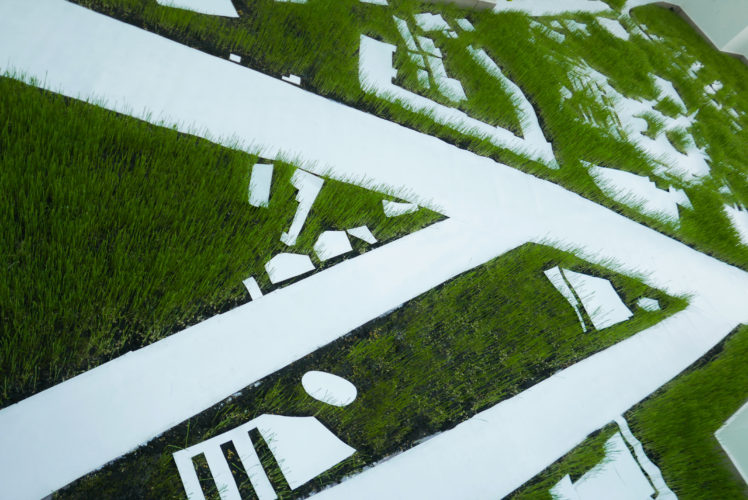


Comments are closed here.